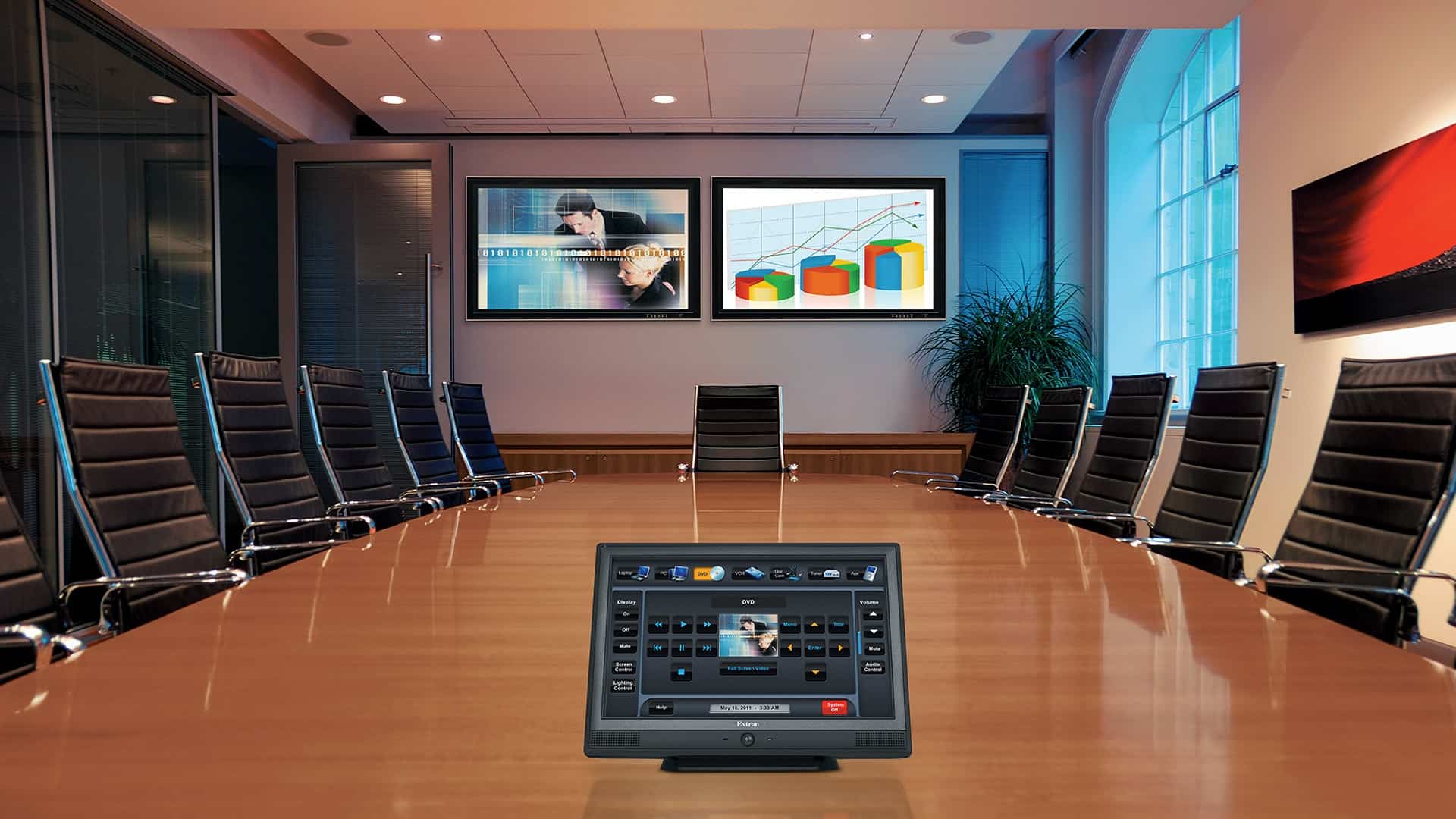Read Tips To Implement the Ideal Surveillance System to Meet Your Safety Requirements
Read Tips To Implement the Ideal Surveillance System to Meet Your Safety Requirements
Blog Article
As it pertains to ensuring protection and security, selecting the right CCTV setup is crucial. Closed-circuit video (CCTV) setups are widely utilized for monitoring in different environments, including homes, companies, and community areas. These setups help monitor activities, discourage criminal activity, and offer valuable proof in the event of occurrences. Comprehending the various elements and features of CCTV setups can aid individuals and entities make knowledgeable decisions that best meet their safeguarding needs.
One of the first considerations when choosing a CCTV setup is the kind of surveillance devices needed. There are numerous types of cameras on the market, including dome devices, bullet cameras, and PTZ (pan-tilt-zoom) cameras. Dome devices are commonly employed for indoor monitoring due to their subtle design, while bullet cameras are more noticeable and are generally employed outdoors. PTZ devices provide the capability to magnify in on particular areas and can be controlled from a distance. Assessing the specific surroundings and the locations that require surveillance will help determine which type of device is best suitable.
Another important factor to consider is the clarity of the devices. Higher clarity devices provide sharper pictures, which can be essential for recognizing people or details in a setting. Typical clarities include standard resolution (SD), elevated definition (HD), and superior resolution (UHD). While increased clarity cameras may come at a increased price, they can considerably improve the effectiveness of a surveillance setup. It is also crucial to consider the illumination circumstances in the location being observed, as some devices are better equipped to manage dim situations than alternative options.
Recording options are also a key component of CCTV setups. Video recordings can take up a significant amount of storage, so it is crucial to choose a system with adequate capacity options. Many setups offer cloud storage, which enables for remote retrieval to footage and can provide extra safeguarding in the event of theft or damage to the physical device. Alternatively, local storage, such as digital footage devices (DVRs) or internet footage recorders (NVRs), can be used. Comprehending the capacity needs based on the number of cameras and the required holding period for footage is vital for efficient surveillance.
Lastly, the setup and maintenance of the CCTV system should not be ignored. Expert setup can guarantee that devices are positioned in ideal locations for maximum coverage. Additionally, routine upkeep is necessary to maintain the setup functioning properly. This includes checking device angles, cleaning lenses, and ensuring that programs is up to see this here date. Some systems also offer off-site monitoring features, allowing users to access real-time recordings from their mobile devices or computers. This feature can provide reassurance and enhance the general efficacy of the security system.
In summary, selecting the perfect CCTV system requires careful evaluation of various factors, including device types, clarity, storage choices, and installation. By understanding these elements, people and organizations can select a system that efficiently meets their security needs. A thoughtfully designed CCTV setup not only helps discourage crime but also provides valuable proof when necessary, rendering it an essential investment for protection and safeguarding.